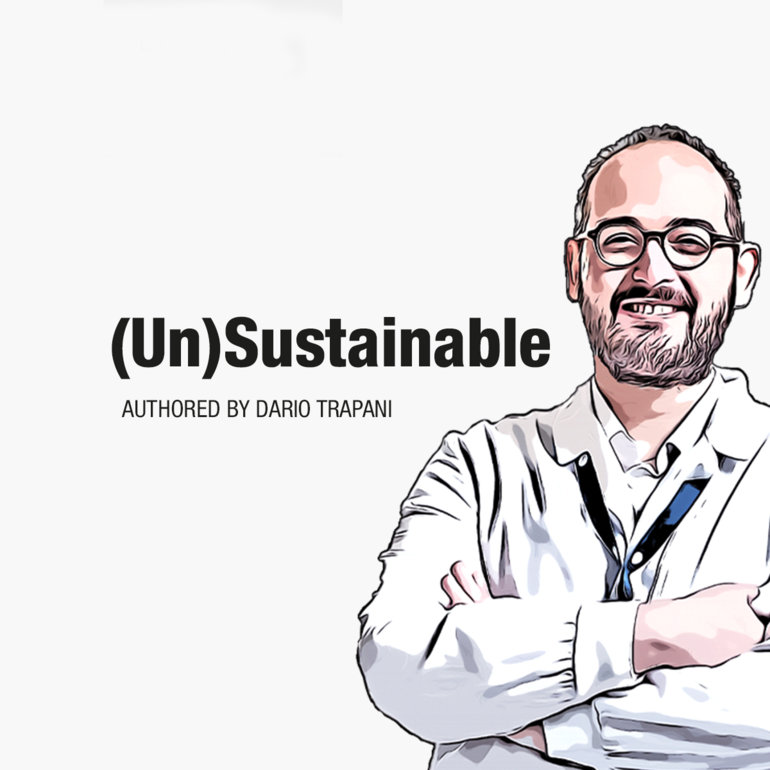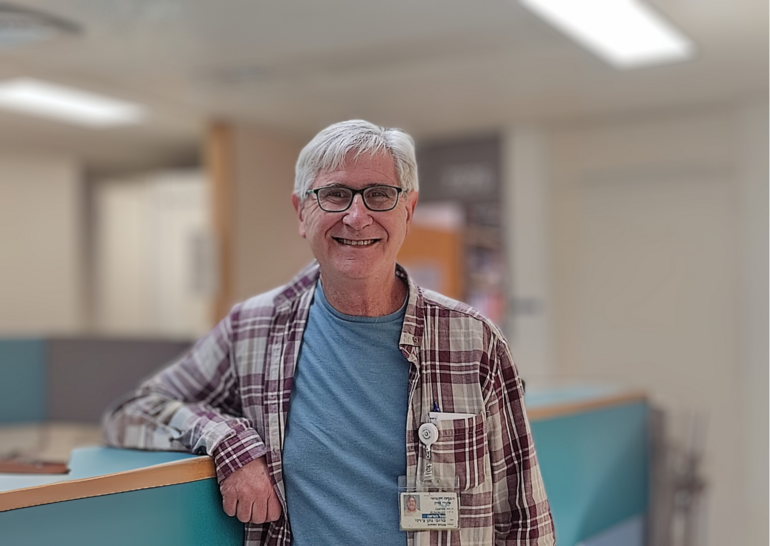Together with an off-trial use and off-track access to oncology therapies, a consolidated trend is reported in clinical practice despite the uncertainties on efficacy and safety
The development and approval of oncology medicines are multifaced processes which encompass patient needs and market dynamics to accelerate the accessibility to highly effective therapies while simultaneously ensuring a viable business model for the industry (JCO Glob Oncol. 2023 Sep:9:e2300294). Clinical trial populations often fail to accurately reflect the broader patient populations encountered in real-world settings — a discrepancy that has been long recognised (Lancet Reg Health Eur. 2024 Apr 22:41:100912). Whereas regulatory agencies are tasked with approving drugs based on available evidence, and health technology assessment (HTA) bodies must consider the local context of drug use by balancing the specific needs of the population with system sustainability (Curr Oncol. 2022 Aug; 29(8): 5774–5791), the off-label/off-trial use of anticancer agents, and the resulting off-track access to therapies, are a reality that raises significant challenges and implications for patient care.
Off-Label
In oncology, many therapeutics used in clinical practice are classified as off-label from a regulatory standpoint. This is the case, for example, of old chemotherapeutic agents which have become entrenched in clinical practice despite the absence of rigorous evidence from randomised controlled trials, of certain drugs or chemotherapy regimens that have gained clinical acceptance without direct comparative studies, or is the result of a lack of high-level evidence required by regulatory authorities as it may happen in rare malignancies or less common cancer presentations.
As reported at the ESMO Congress 2024, a study from the Netherlands revealed that 30% of reimbursed oncological indications are, in fact, off-label. Notably, two-thirds of these off-label uses involve chemotherapy drugs for the treatment of solid tumours, while only a small proportion pertains to targeted therapies. Specifically, the off-label use of tyrosine kinase inhibitors (TKIs), endocrine therapy, and monoclonal antibodies accounted for 9%, 7%, and 5% of cases, respectively (Abstract 1542MO). This trend highlights two key aspects of off-label drug use: it is more prevalent for less expensive drugs that have become established in clinical practice, even without formal approval for certain indications, and less common for more expensive drugs. Access to off-label, high-cost therapies guided by molecular alterations remains challenging, as no defined pathway exists for such access, with exceptions seen in certain precision medicine Mitteleuropean programs, exemplified by the Drug Rediscovery Protocol (DRUP) trials (Clin Cancer Res. 2022 Apr 1; 28(7): 1402–1411).
ESMO conducted a clinical practice review of commonly used off-patent cancer medicines identifying 17 cancer drugs commonly administered off-label across six distinct tumour types, which are supported by robust data substantiating their efficacy in these off-label contexts and generally attain high ratings on the ESMO Magnitude of Clinical Benefit Scale (ESMO-MCBS) (ESMO Open. 2023 Feb; 8(1): 100604 ). Crucially, the study also elucidated the implications of an off-label use of anticancer agents: their prescription necessitated increased bureaucratic and operational workloads for 51% of reviewers, entailing administrative and/or liability burdens.
Off-Trial
Also presented at the ESMO Congress this year, a comparative analysis of 79 cancer drugs approved in the United States, European Union and Switzerland revealed that a significant number of reimbursement decisions effectively extended beyond the original trial-based indications, assuming similar benefits or significant efficacy outside the proven evidence (Abstract 1543MO). The study compared the populations included in clinical trials with those targeted in real-world clinical practice, as per Food and Drug Administration (FDA), European Medicines Agency (EMA), and Swissmedic approvals, showing that 71%, 56%, and 49% of these drugs respectively were approved for broader populations than those studied in trials. Common discrepancies included factors such as age, prior therapy, disease severity and subtype.
The widespread off-trial use of anticancer agents highlights the gap between drug development and clinical practice, and also shows a paradox: we can either choose to strictly adhere to the 'ideal' clinical trial populations, which would result in limited access to cancer treatments, or leverage broader evidence, including real-world data, to support the safety and efficacy of therapies across diverse patient groups (J Clin Oncol. 2020 May 20;38(15):1651-1654).
In a recent study, the use or real-world evidence (RWE) to inform EMA regulatory decisions was reported in 21.3% of the European Public Assessment Reports on targeted agents for solid tumours, between 2018 and 2022 (ESMO Real World Data and Digital Oncology, Volume 4, 100039).
However, the risks associated with extrapolating such extensions are considerable, and the need to inform off-trial decision on highly-reliable RWE is imperative – as recommended by the ESMO Guidance for Reporting Oncology real-World Evidence (ESMO-GROW). For example, recent data in elderly patients or those with poorer general health underscore that the therapeutic benefits observed in controlled clinical trials may not always be replicated in real-world clinical settings, potentially leading to marginal efficacy or additional harm (JAMA Oncol. 2024;10(4):439–447).
Off-Track
Accessing high-value cancer treatments is sometimes exposed to substantial delays from regulatory approval to national reimbursement decisions, as two studies also reported at the ESMO Congress 2024.
One study examined 290 approved drugs in the US, Switzerland, Germany, France and England, of which one-third were cancer drugs (Abstract 1547P). The study aimed to understand discrepancies in the timing of HTA decisions — or reimbursement, as a proxy — between cancer and non-cancer drugs. It was found that Switzerland had the fastest approval-to-reimbursement time (less than six months), compared to the other countries (seven to seventeen months). However, the Swiss faster timeline was driven primarily by quicker decisions for non-cancer drugs (less than five months), while cancer drugs were prioritized in the other countries, with Germany being the fastest (under seven months). The study highlighted the heterogeneous timelines for accessing to novel cancer drugs, which are partly justified by the different approaches of HTA bodies in managing uncertainty, thus exacerbating challenges in defining trade-offs and ultimately reaching negotiated prices.
Another study assessed regional consistency in drug approval using the EMA as a reference, comparing the UK and Ireland as case studies (Abstract 1553P). The median time from EMA approval to patient access was 12 months in the UK and 27.5 months in Ireland, with most EMA-approved drugs being available in the UK but only two-thirds in Ireland. Notably, 59% of the evaluated drugs showed an improvement in overall survival (OS) in the pivotal clinical trials supporting their approval, while 30% did not demonstrate an OS benefit — most of these trials involved targeted therapies. Additionally, quality of life data was often unavailable at the time of approval. This trend in drug approvals mirrors the prevailing reliance on accelerated regulatory pathways, which are often accompanied by substantial uncertainties regarding therapeutic benefit and efficacy. These ambiguities present significant challenges for national regulatory authorities as they navigate the initial decisions made by the EMA, subsequently influencing regional regulatory outcomes.
A trade-off is needed
Ultimately, the ongoing debate focuses on whether to prioritize rapid access to treatments amid uncertainties or to adhere to higher standards of evidence and patient-centric outcomes, with the risk of delays in providing life-saving therapies. As the field of oncology continues to evolve, these decisions will remain at the forefront of discussions among clinicians, regulators and policymakers, as they strive to balance the competing demands of innovation, safety, efficacy, and timely patient access to care. Festina lente – i.e., move forward with careful deliberation - captures the delicate balance required in advancing treatments while ensuring patient safety and efficacy.
Abstracts discussed at ESMO 2024
H.J.L. Timmer et al. Mapping the scale of off label use in oncology: an important step in harmonising access. ESMO Congress 2024, Abstract 1542MO
C. Glaus et al. Time from approval to reimbursement of new cancer and non-cancer drugs – A comparative analysis between the US, England, Germany, and Switzerland (2011-2022). ESMO Congress 2024, Abstract 1547P
O.M. Fitzpatrick et al. Access to EMA approved drugs in Europe, disparities across a border. ESMO Congress 2024, Abstract 1553P
K.N. Vokinger et al. Analysis of concordance between trial and target populations for cancer drugs in the US, EU, and Switzerland (2014-2023). ESMO Congress 2024, Abstract 1543MO





